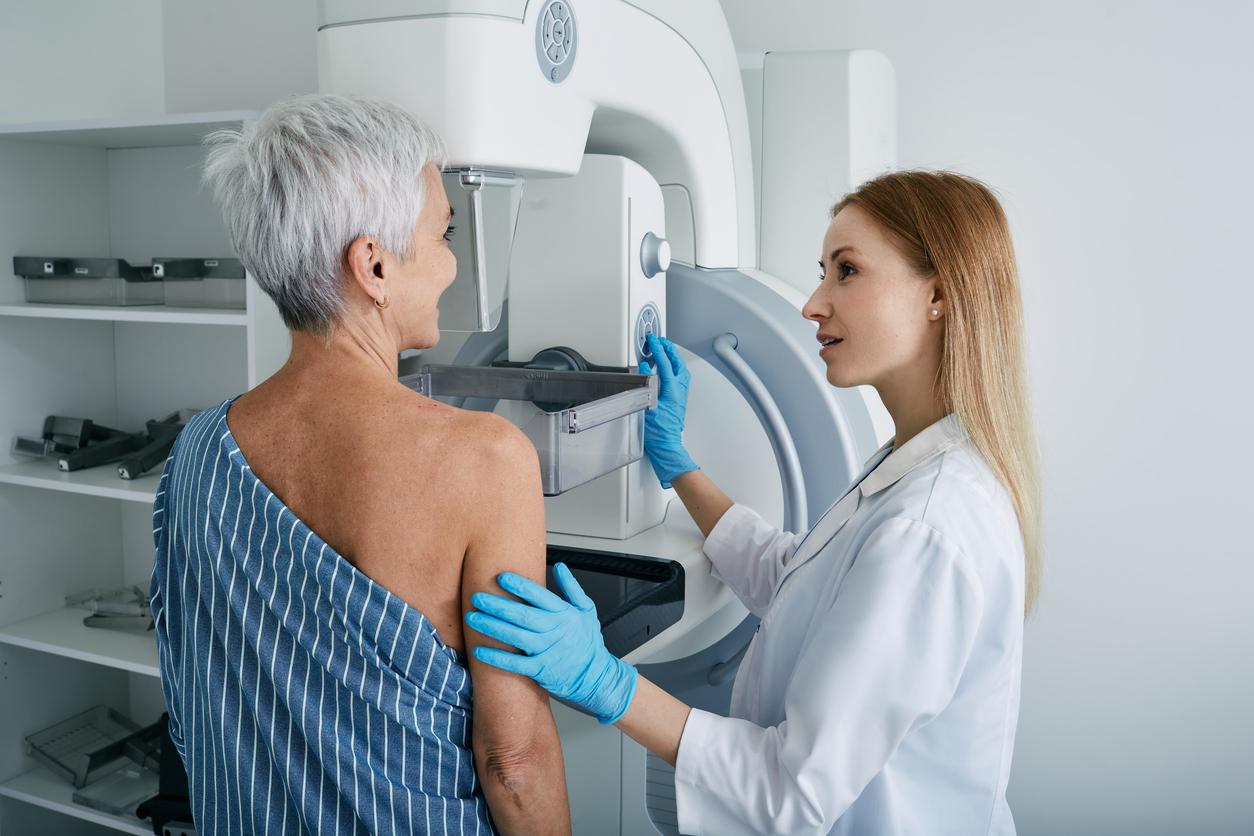An increase in physical activity and a reduction in the time spent sitting help reduce the risk of developing breast cancer.

- Breast cancer is the leading cause of cancer death in women.
- In 95% of cases, it is an adenocarcinoma.
- Nearly 80% of breast cancers develop after the age of 50.
“Physical inactivity and sedentary behavior are associated with a higher risk of breast cancer in observational studies, but the attribution of causality is difficult. Mendelian randomization (a technique using the properties of genetics) makes it possible to ‘assess causation’. This is what an international group of researchers wrote in a study published in the journal British Journal of Sports Medicine. As part of this work, scientists assessed whether lifelong physical activity or sedentary time was causally related to breast cancer risk in general, before and after menopause.
Breast cancer: 130,957 patients followed
For the purposes of the work, the team used data from several cohorts carried out by the Breast Cancer Association Consortium. A total of 130,957 women were included in this research. Among them, 69,838 had tumors that had spread locally, 6,667 had tumors that had not yet spread and 54,452 volunteers did not have breast cancer. The authors also analyzed data from the UK Biobank to genetically predict participants’ degree of physical activity or inactivity.
Next, the researchers estimated the overall risk of breast cancer, according to whether the women were postmenopausal or not, and according to the type of cancer (positive for estrogen or progesterone, or HER-2), the degree of abnormality of the tumor cells, the size and extent of the tumor.
Physical activity reduces the risk of breast cancer by 41%
According to the results, a higher level of genetically predicted physical activity was associated with a 41% lower risk of breast cancer. “A longer genetically predicted sedentary time was associated with a higher risk of hormone receptor negative tumors”can we read in the study.
According to the scientists, there are plausible biological explanations for their findings. They pointed to the existence of a body of evidence indicating many causal pathways between physical activity and breast cancer risk, such as overweight or obesity, metabolic disorders, sex hormones and inflammation. .
“A greater emphasis in the fight against breast cancer on physical activity and sedentary time as modifiable risk factors for cancer is warranted, given the high burden of disease attributed to cancer the more common in women, concluded Brigid M. Lynch, author of the work, in a statement.


















